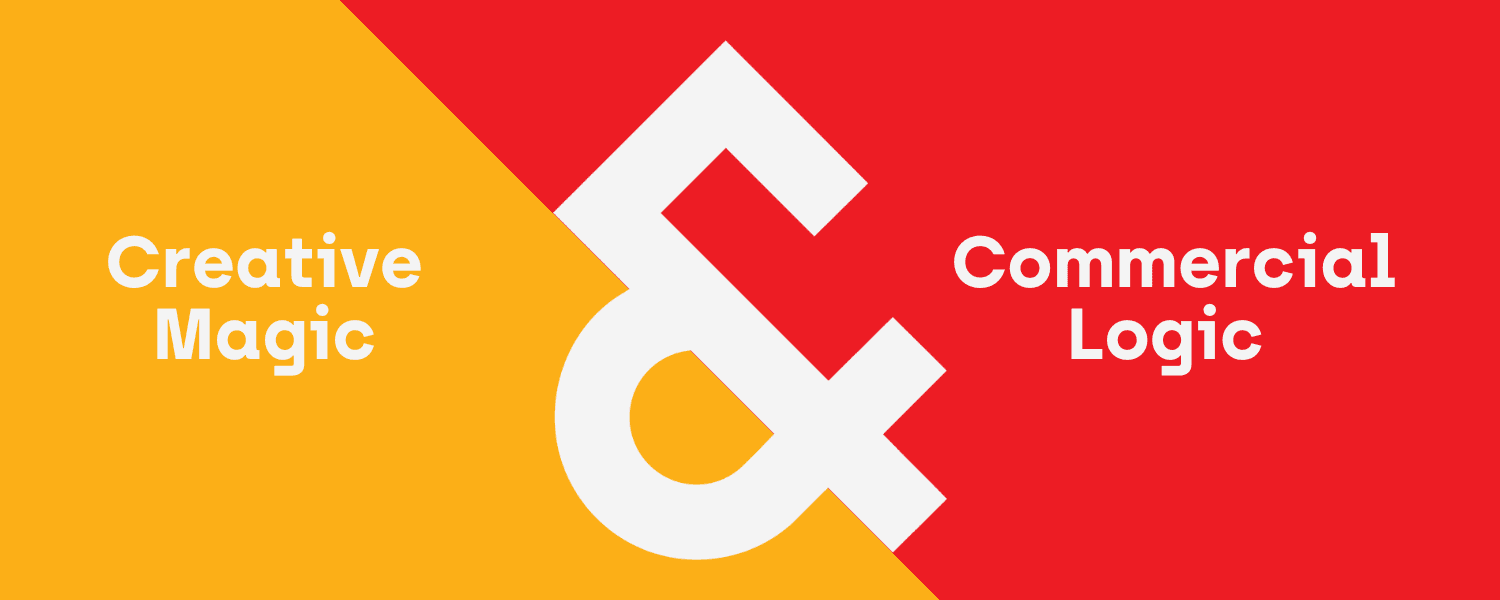
Exploratory vs Explanatory Data Analysis
A few weeks ago we featured an article titled “Data literacy is set to become as fundamental as reading”. You learnt how data literacy empowers people to ask the right questions, build knowledge, make decisions, and communicate meaning to others, using data. This week we’re following up with a breakdown on exploratory and explanatory analysis, and how they are both equally important when it comes to storytelling with data.
The purpose of data analysis
The purpose of data analysis and communication is to move from data to wisdom. Data is an unorganised collection of raw facts, observations, or numbers, while information results from organising, processing, and analysing data for a specific purpose. Once you have information, you can use it to develop understanding and insight, or knowledge. Finally, once knowledge is applied and informs decisions and actions, it becomes wisdom.
The final step in moving from data to wisdom usually requires communicating knowledge and insights to stakeholders and decision-makers – they are the ones who need to use the knowledge and insights to guide actions and plans. All too often, people make the mistake of overburdening their audience when presenting and communicating data. Remember, audience attention is finite, so you need to make sure you communicate as effectively as possible.
What is the difference between explanatory and exploratory data analysis?
Whether due to excitement or a need to justify the value and validity of their insights, people get too caught up in presenting their exploratory analysis, when they should be focusing on their explanatory analysis instead.
Put simply, exploratory analysis is what you do to understand and get familiar with your data and generate information. Whether you start out with a hypothesis or question or are just exploring the data to see what might be interesting about it, during exploratory analysis, you are concerned with finding relationships between variables as well as identifying patterns and outliers.
Explanatory analysis is what you do once you have found something interesting and want to know more about it. During explanatory analysis, you focus on what has happened (information) and why it happened (knowledge). The key outputs of explanatory analysis are insights that, if used to guide decision-making and actions, become wisdom.
While the differences between exploratory and explanatory analysis may seem obvious, you’d be surprised at how many people seem to confuse the purposes of each. Cole Nussbaumer Knaflic describes exploratory analysis as hunting for pearls in oysters. “We might have to open 100 oysters (test 100 different hypotheses or look at the data in 100 different ways) to find perhaps two pearls. When we’re at the point of communicating our analysis to our audience, we really want to be in the explanatory space, meaning you have a specific thing you want to explain, a specific story you want to tell – probably about those two pearls”.
Communicating your findings
After doing all the work in your exploratory analysis, it can be tempting to show your audience everything – out of excitement or as evidence of all of the work you did and the robustness of the exploratory analysis. However, all this does is overburden your audience and lessens the impact of your communication, as your insights (and audience) get drowned in a sea of information.
Rather than simply presenting all the data – all 100 oysters, to continue with the metaphor above – you should present explanatory data, taking the time to turn the data into information and knowledge and highlighting the important insights (the pearls). Focusing on the exploratory analysis ends up making your audience reopen all of the oysters. Rather concentrate on communicating the pearls of information and knowledge your audience needs to know.
Communicating effectively with data is a little harder than you might think. You need to have a good understanding of who your audience is, how data literate they are, and what their main concerns or needs are. You also need to tell a story; narrative is one of the best ways to prompt knowledge and insights into becoming wisdom. To learn how to communicate effectively and persuasively with data, from using visualisations and narratives to delivering a presentation, check out our Data Principles and Visualisations course.
If you’d like to learn other ways that you can propel your career or business forward, take a look through the rest of our online short courses or accredited qualifications.

